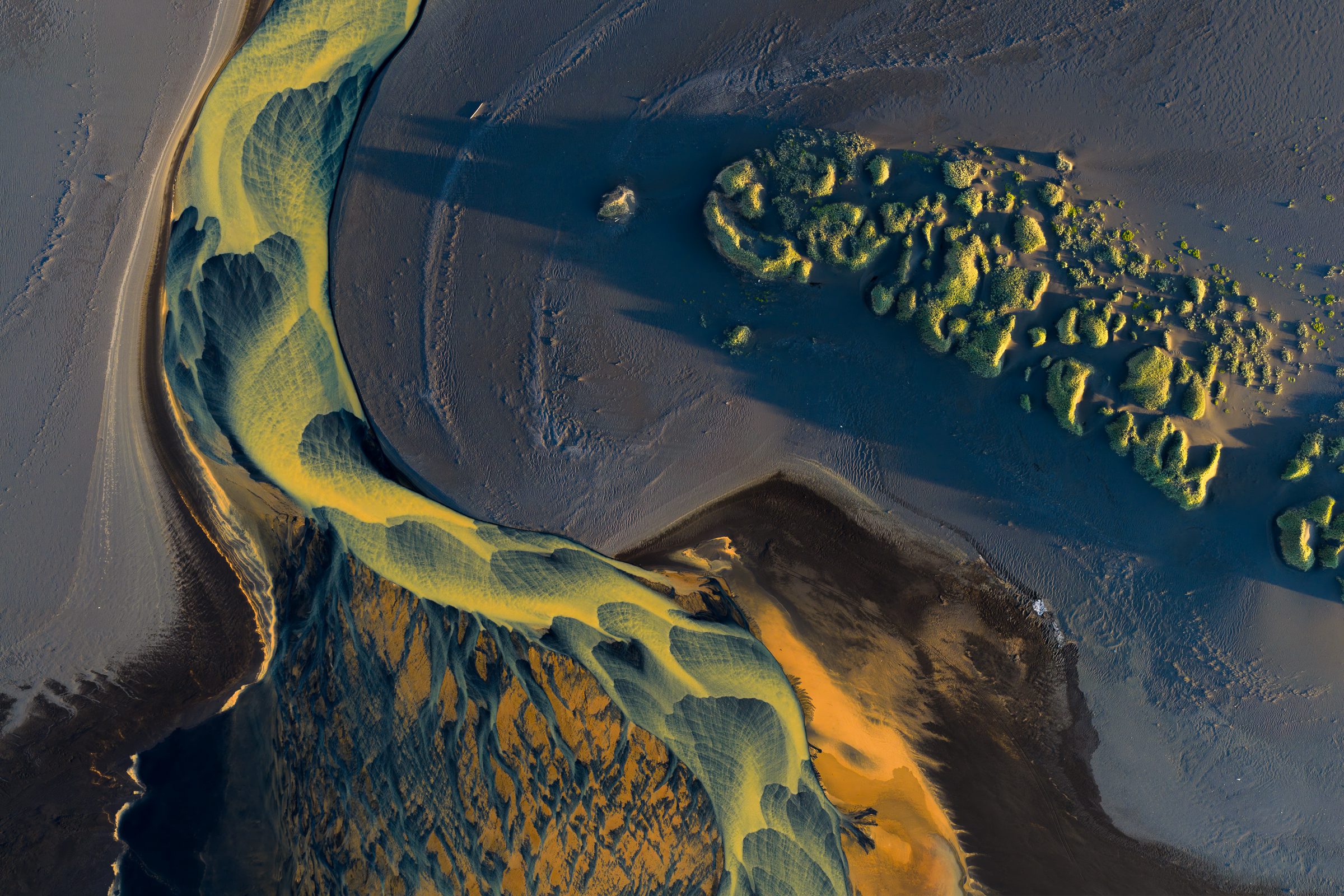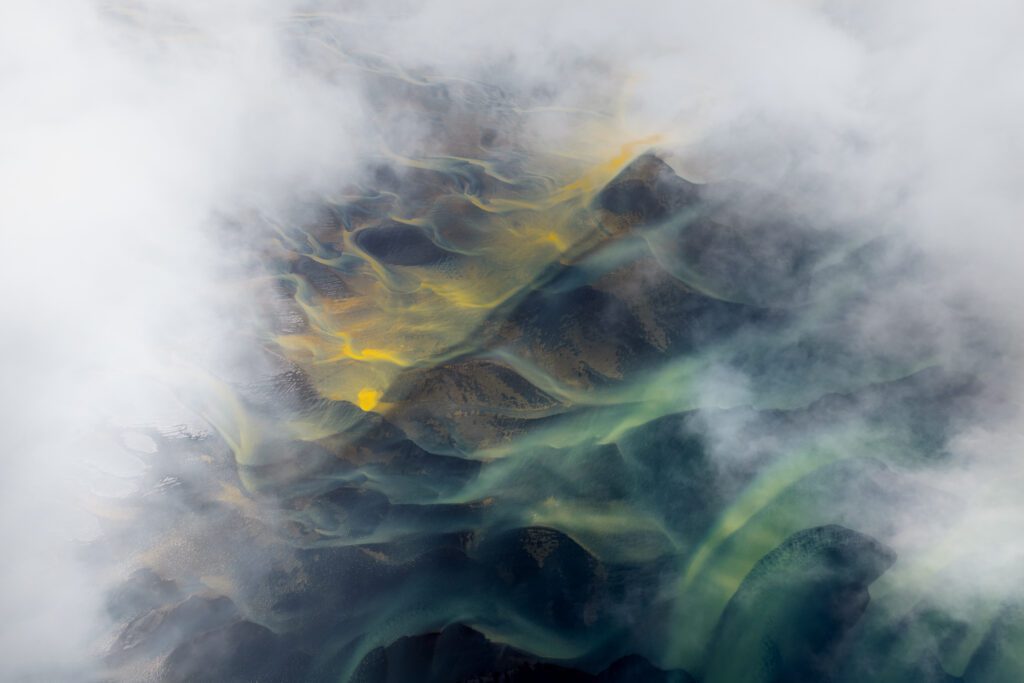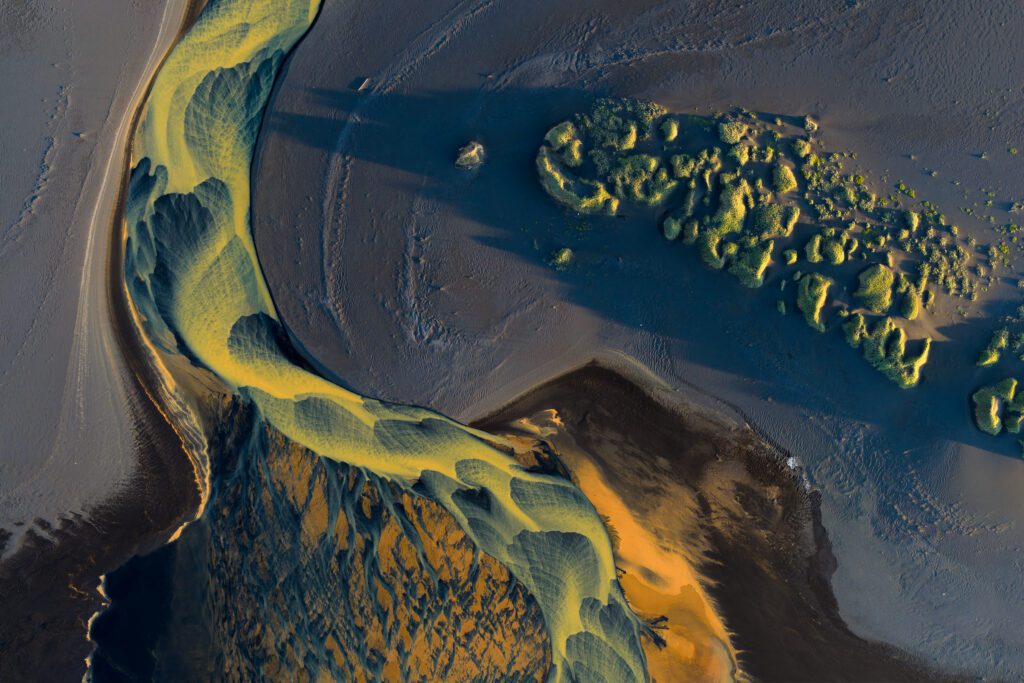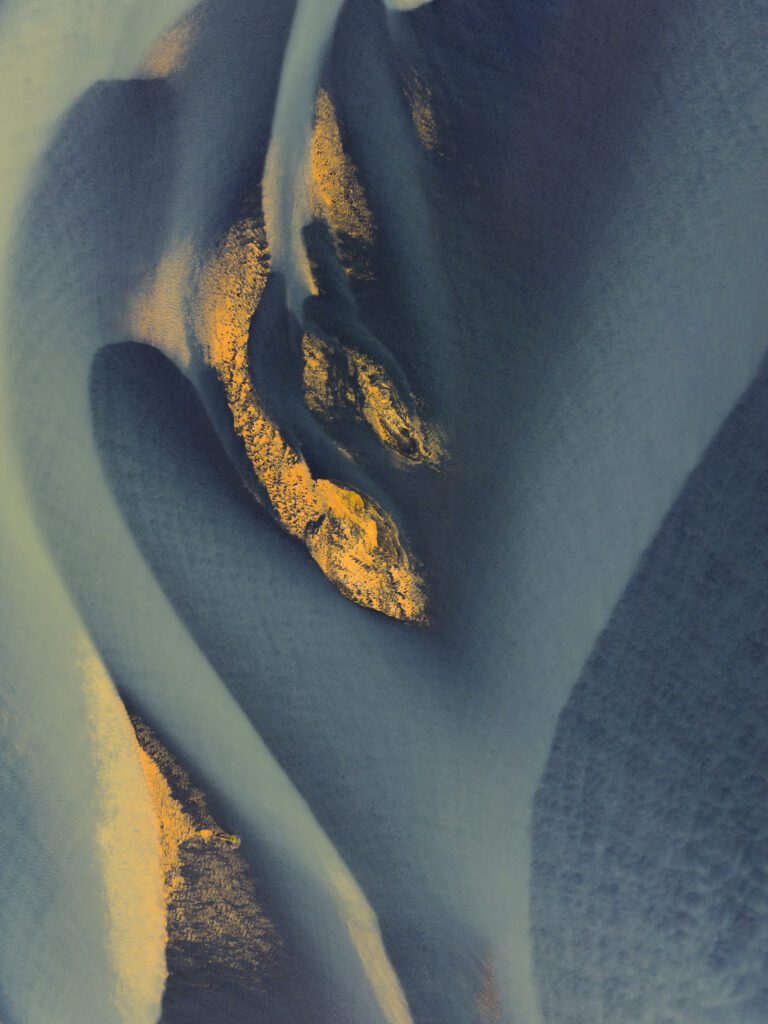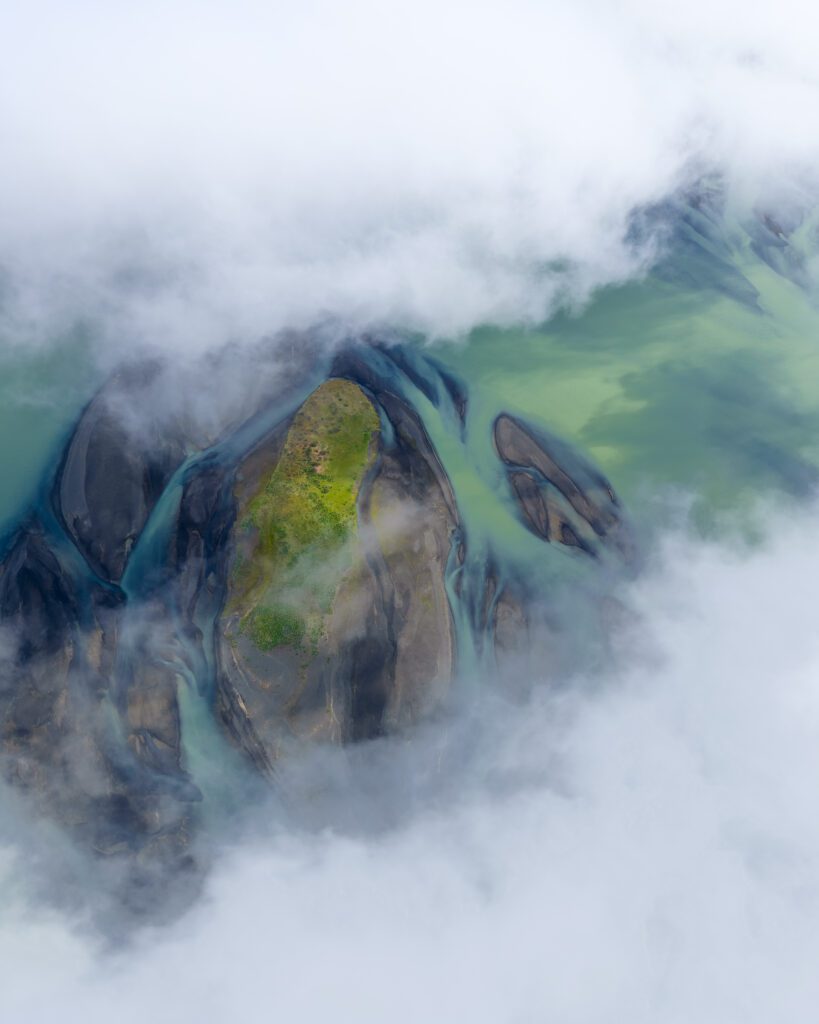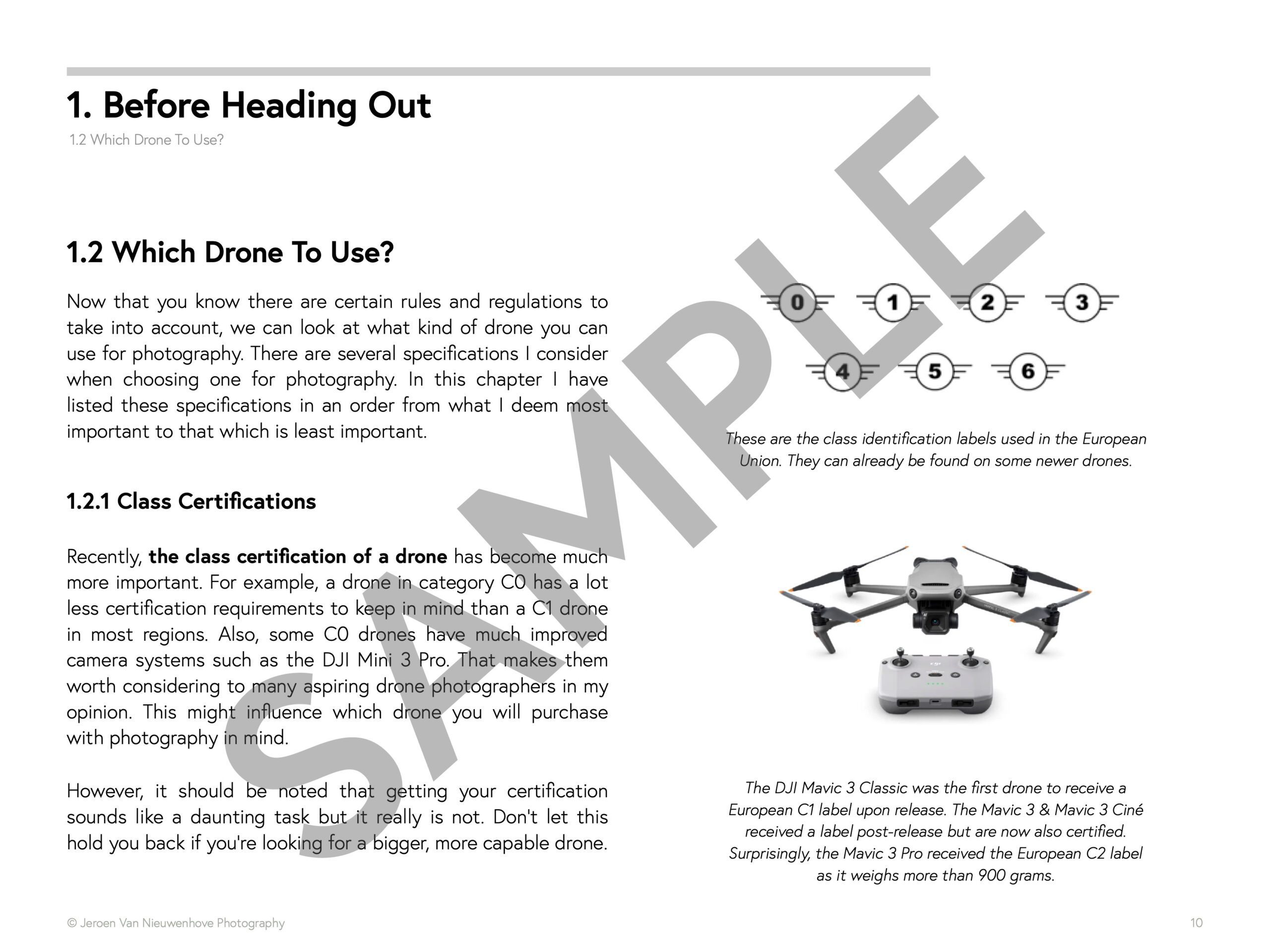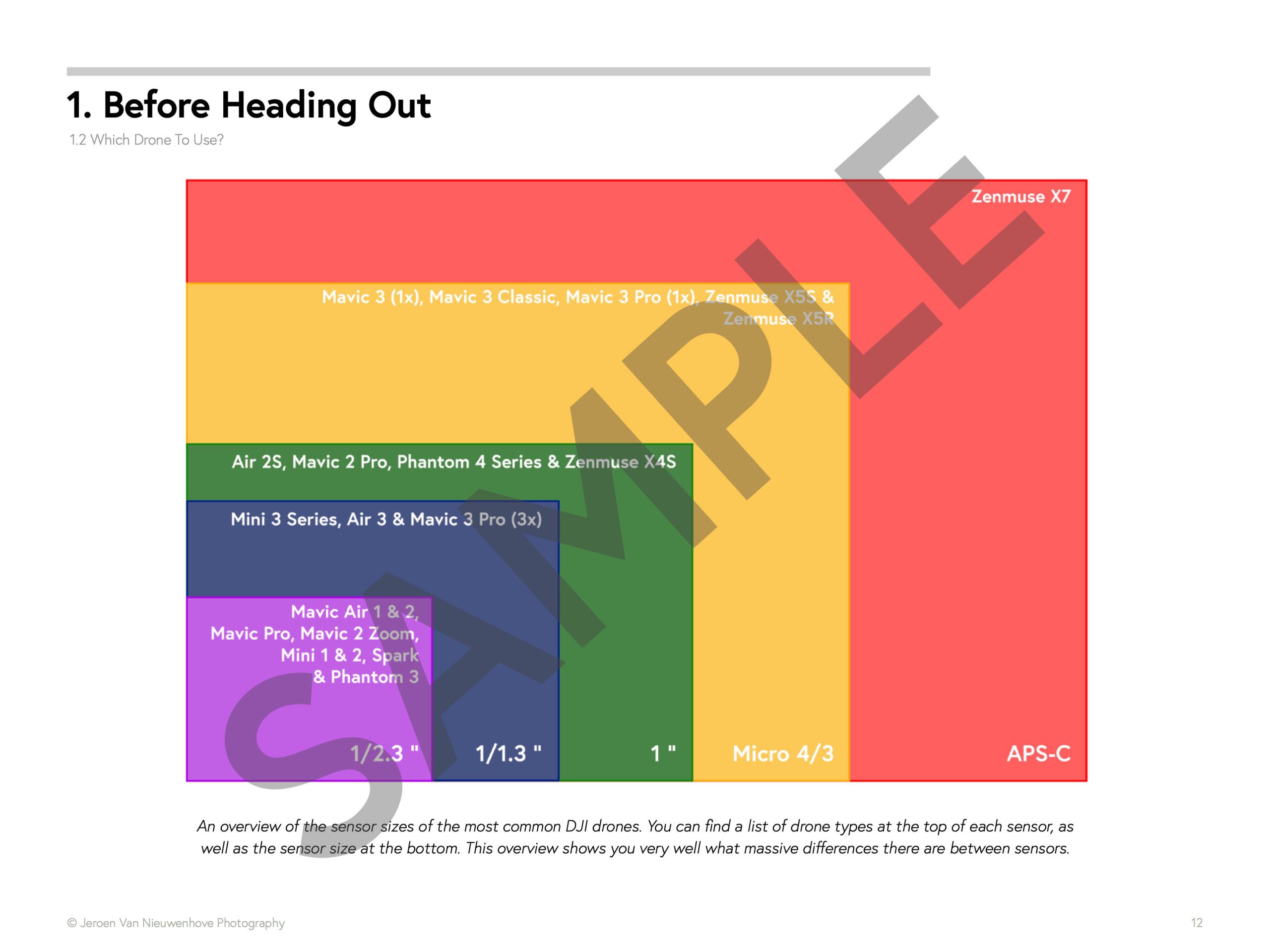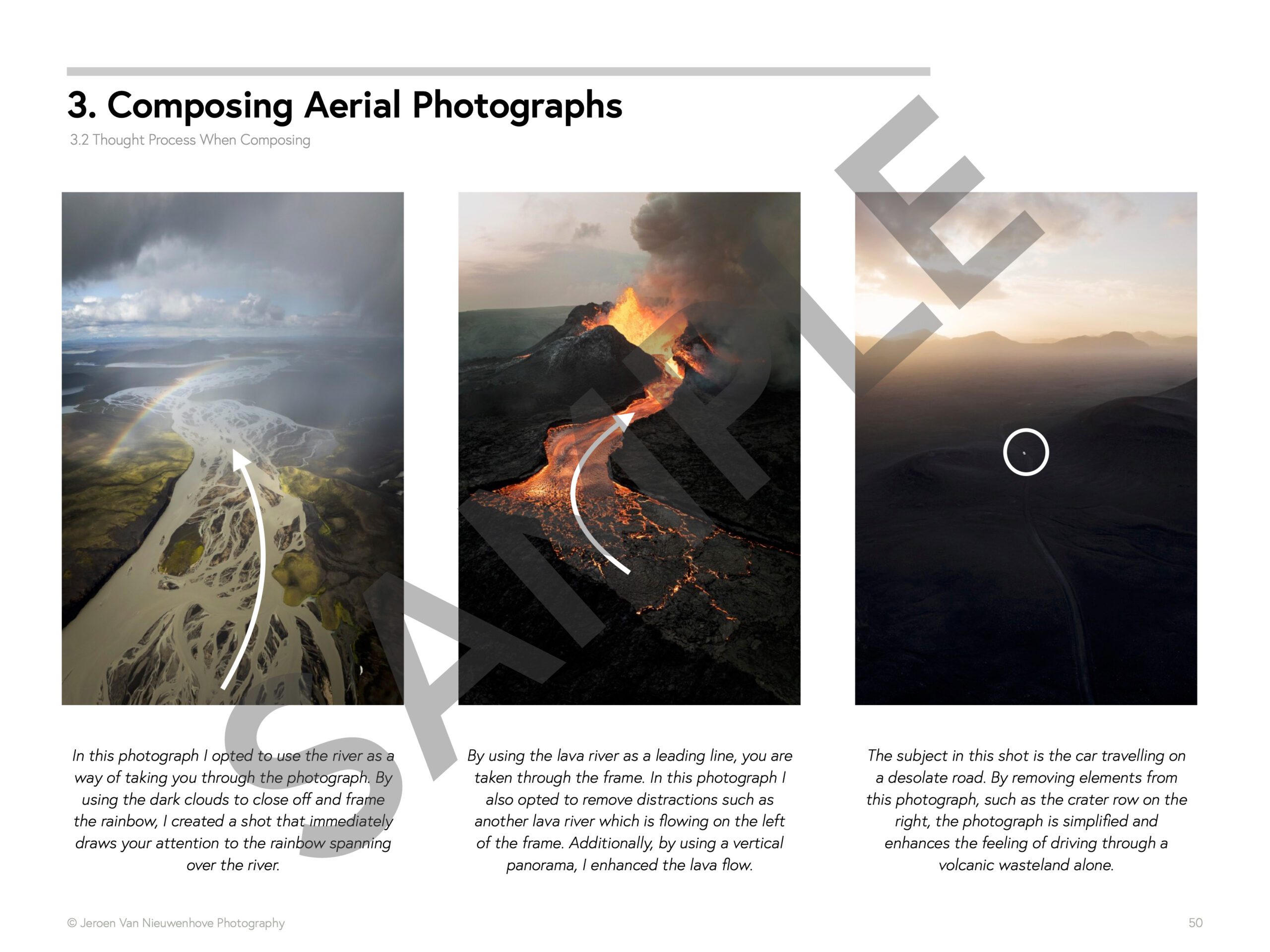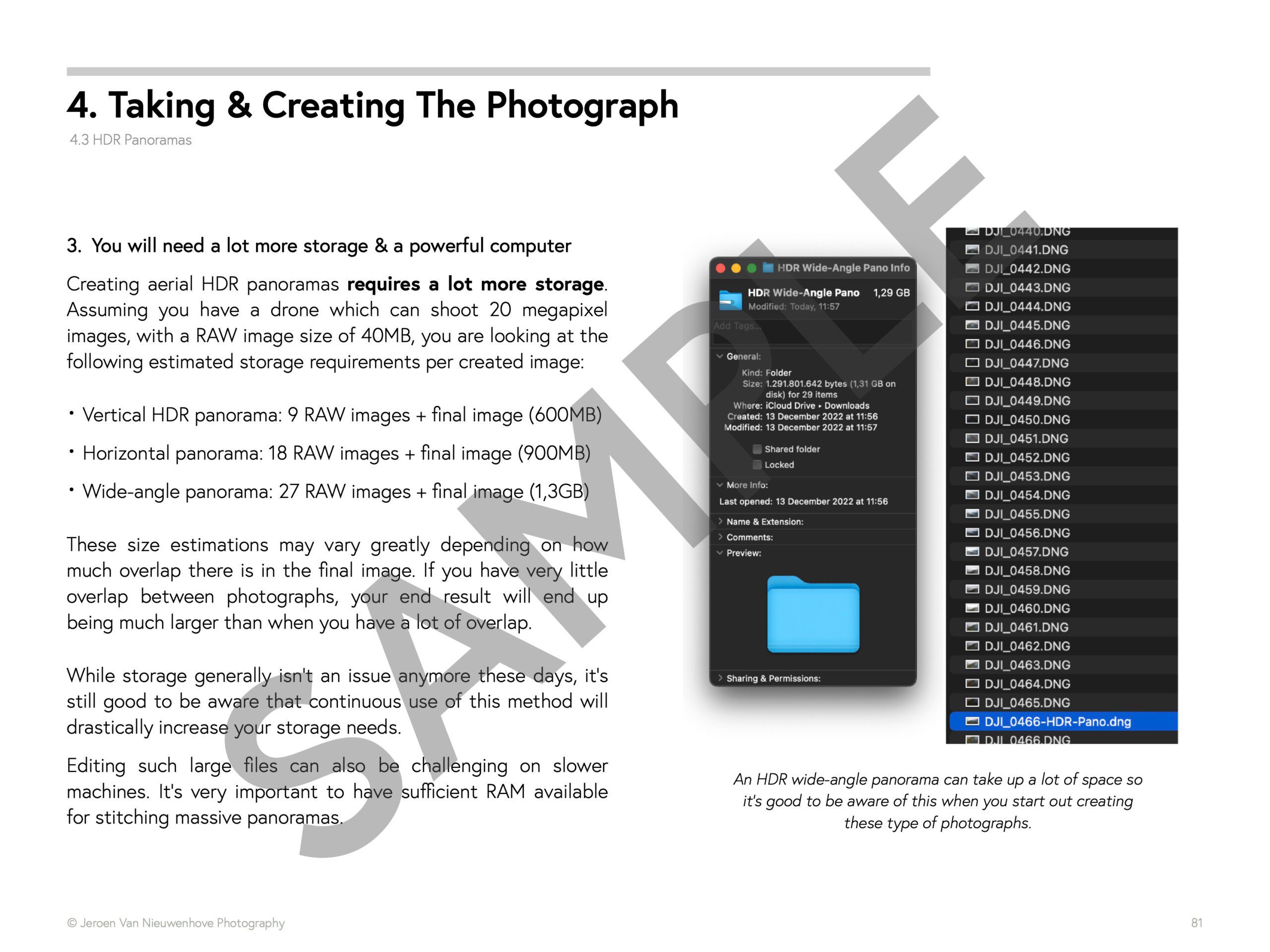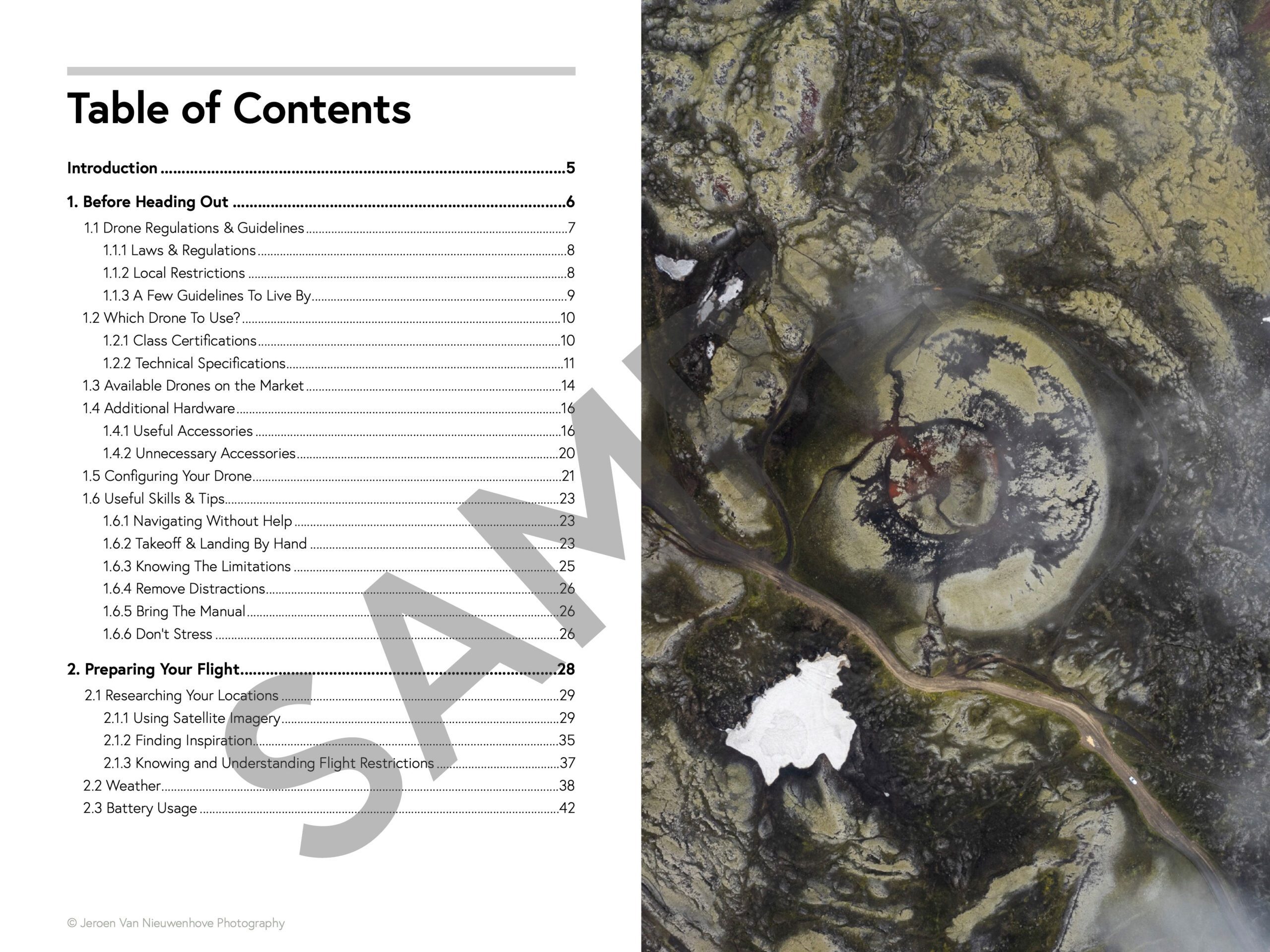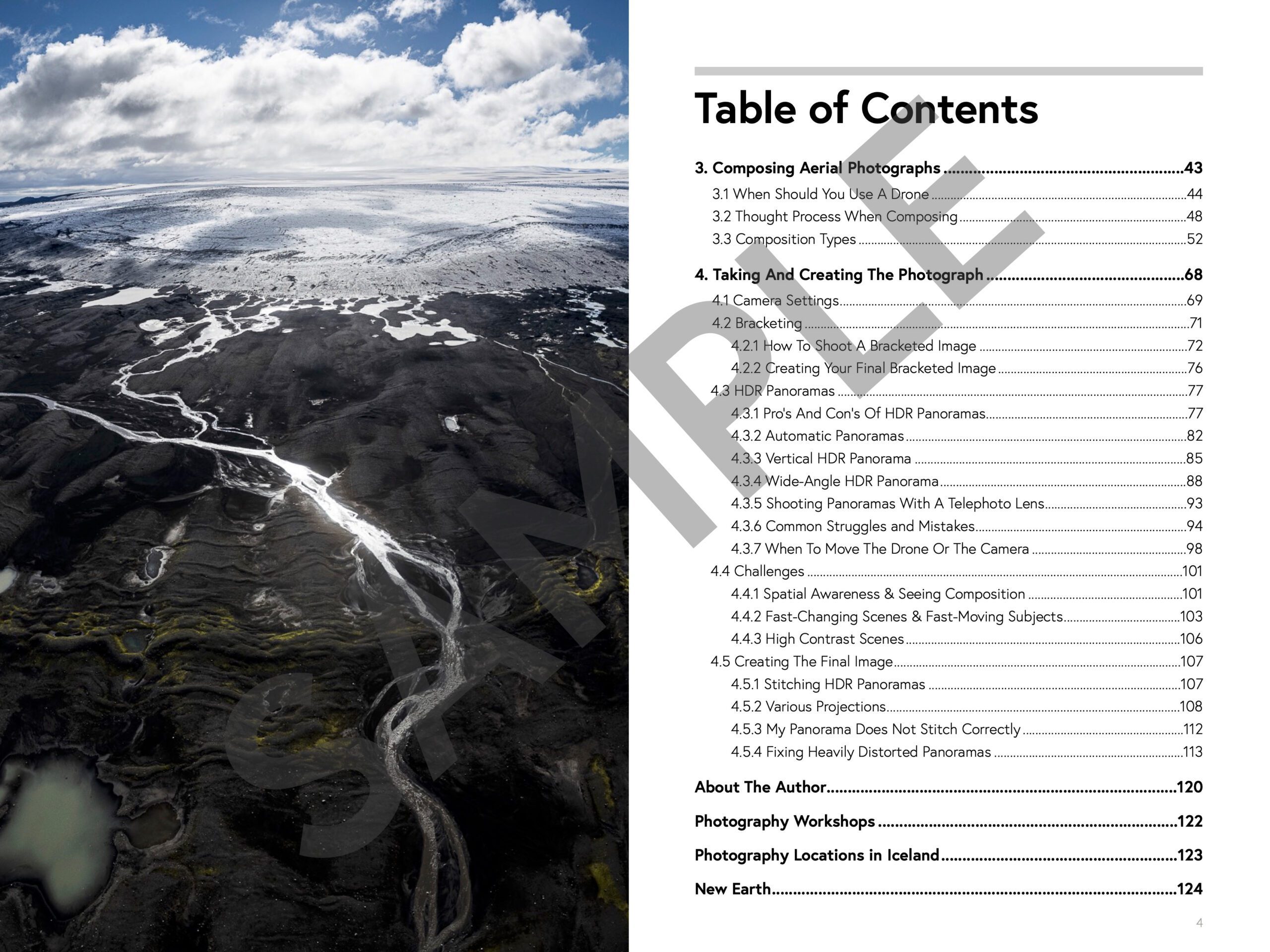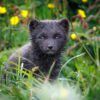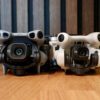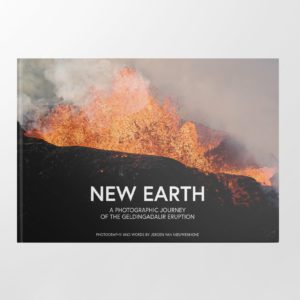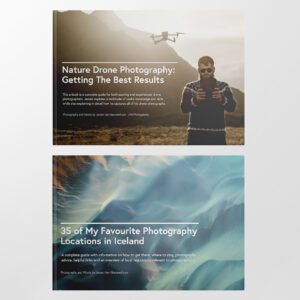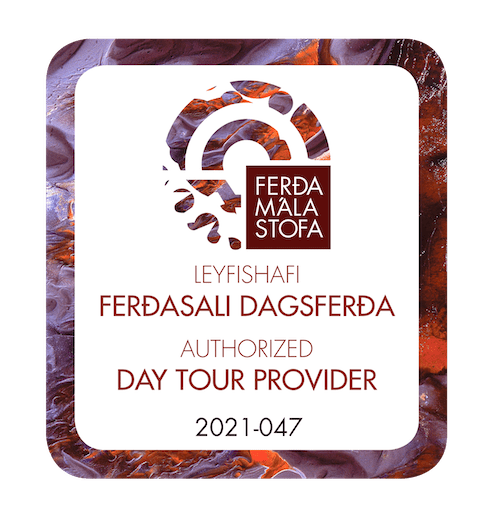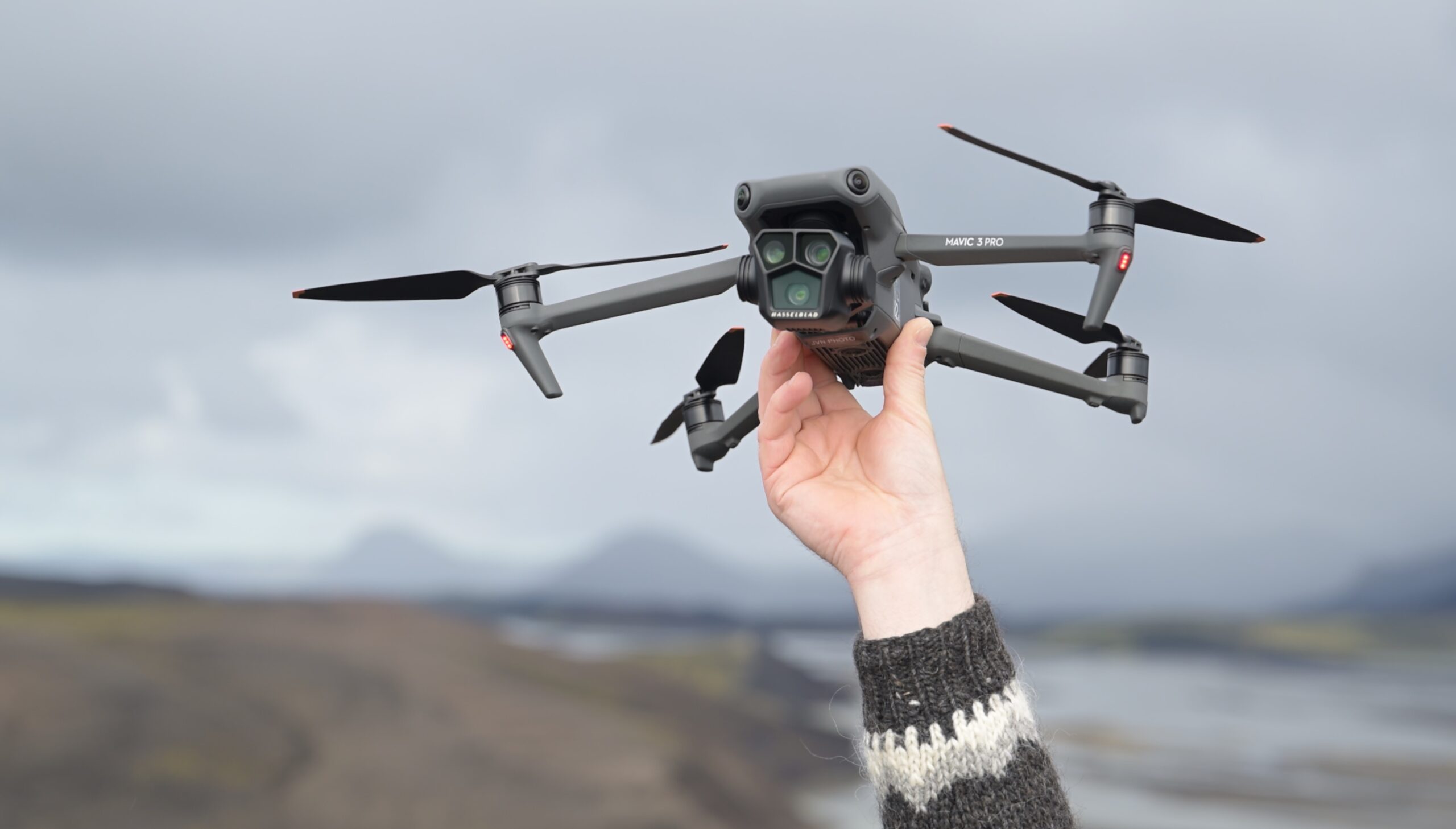The last couple of weeks I spent a few days photographing the so-called “river braids” along the south coast of Iceland with my DJI Mavic 4 Pro. It seemed like the perfect place to do some of my first proper photography-focused flights. The “river braids” are called that because of the way they look from an aerial point of view. Because the water flows in a flat sandy area, the rivers & little run-off streams become really wide & shallow, which creates these unique patterns that almost look as if someone braided the water together. The abstract images you get when photographing them have been made famous over the last decade by several Icelandic photographers who combine their hobby/profession with piloting small airplanes.
The reason I decided to focus on photographing them now is because the water levels have been really low due to a dry spell that occurred in May. This meant that both the patterns & colors were in their peak conditions. Because I know many people who visit Iceland love to photograph these I decided to write a blog with some thoughts about what to consider when photographing them with your drone.
Why Timing Matters, Especially With Abstract Drone Top Down Shots
When photographing abstract top down shots, as you generally would do when photographing the river braids, timing is really key. You may wonder why that is. Wouldn’t everything look the same when you look straight down? Well, not exactly…
Just like when you are photographing regular landscapes, light is key. Depending on the position of the sun, you will get dramatically different colors and different levels of saturation in the present colors. In the case of the braided rivers you can assume that the lower the sun, the more vibrant the colors will appear. If you photograph them during the day, you may get more evenly spread light but then you will lose natural saturation. With a lower sun position, you will also see more contour lighting on the slightly elevated parts of the river bed. This may give you a much more interesting effect in the final image, which I’ve illustrated with two examples below. One final thing to consider, especially during the editing process, is to choose a white balance to fits the colors. You may find that your drone prefers a warmer white balance (when set to auto), which may not fit the color tones of the water.
If you shoot in the middle of the day or in bright conditions, you may also have to worry about glare due to the reflection of the water surface. You may be able to avoid that by using a circular polarizer on your drone. However, if you have been following my drone work, you may have already understood that I don’t like polarizers on drones because they can be incredibly annoying. Polarizers need to be adjusted while shooting depending on your position, which you can’t do whilst flying. This makes their use less than ideal on drones.
Aside from the lighting conditions, you also have to consider when to visit the braided rivers. The colors tend to be most vibrant in the Spring and Autumn, especially after long periods of dry weather when the river levels are lower than usual. If it has been raining a lot, water levels will rise which means the patterns and colors will not be present as much.
Below I have made a comparison between the same patterns, shot at entirely different times of day to illustrate why timing is key!
Revisiting The Same Locations Is Vital
Just like with everything in landscape photography, revisiting locations again & again is vital in getting great results. The weather conditions will change, which will give you different light depending on the density of the cloud cover. But also revisiting at different times of day will give you completely different lighting conditions on the same areas. Finally, water levels fluctuate depending on rain and how much meltwater makes its way into the river (especially true during the Spring). All of these have to be considered if you want to get the most out of your time spent photographing the river braids.
Revisiting locations is also best practice because it will give you one more advantage… It will give you some time to look at your photographs in between sessions and think about your compositions more thoroughly. While you may think photographing abstracts is straightforward, finding a pleasing composition isn’t easy. I find that it takes multiple visits to really find something that works well, though your mileage may vary.
Finally, you may also find that there is birdlife around the rivers, which could provide some scale to your images. And, as it goes with wildlife, they are not always around, let alone in the right place.
Finally, My Images!
Below is a small collection of my favorite photographs from the sessions I had these last weeks. I captured these over several days in the last weeks at a variety of shooting locations. They were all taken using the DJI Mavic 4 Pro.
DISCOUNT
The Drone Photography Masterclass
Nigel Danson & Jeroen Van Nieuwenhove‘s complete drone masterclass will explore everything you need to know to start creating the best aerial photographs using any type of drone in 50+ detailed videos. Whether you are a complete beginner or an advanced drone pilot, this video course contains a vast amount of information to level up your drone photography skills.
Learn Drone Photography With My E-Book
Want to learn how to get the best results with your newly purchased drone? I wrote the most comprehensive guide available on drone photography which teaches you a technique to get the DSLR-like results out of even the cheapest drones.
In 125 detailed pages I explore everything you need to know to start creating the best photographs using any type of drone. Whether you are a complete beginner or an advanced drone pilot, this e-book contains a vast amount of information to level up your drone photography skills.
What to Expect?
- A 125-page educational PDF about nature drone photography with very detailed explanations
- Which drone to get for photography and why
- Important settings and configuration options
- A list of useful skills & tips
- A list of useful accessories and what not to buy at all
- How to research locations for drone photography
- How to compose with a drone and insight into Jeroen’s thought process with plenty of examples
- Thoughtfully planning ahead for your drone shoot
- The how and why of creating bracketed images
- The how and why of shooting HDR panoramas
- What challenges you might face and how to deal with them
- Common mistakes & how to deal with them
- How to stitch your panoramas together
Use EBOOK20 to get 20% off your Nature Drone Photography (E-Book) purchase!
Discover Jeroen’s Photo Workshops in Iceland, Greenland & Beyond
Ready to take your photography to the next level? Join me, Jeroen Van Nieuwenhove, on unforgettable photo workshops in Iceland, Greenland, Antarctica and other exciting destinations. Whether your passion is wildlife photography, bird photography, landscape adventures, or mastering drone photography, each workshop is designed to give you hands-on guidance in some of the world’s most spectacular locations.
From puffins in the midnight sun to Arctic foxes in the wild, from glaciers and volcanoes to dramatic coastlines seen by drone – these journeys are more than workshops; they’re once-in-a-lifetime experiences. Group sizes are kept small, ensuring personal mentoring and plenty of shooting opportunities.
Looking for something specific? Check out Jeroen’s…
- Wildlife & Bird Photography Workshops (Puffins, Arctic Foxes)
- Drone Photography Workshops
- Photo Workshops in Iceland
- Photo Workshops in Greenland
Spots are limited – secure your place today!
What Previous Participants Shared About Their Experience
Support Jeroen’s Work
As an independent photographer, Jeroen partially relies on your support to keep producing worthwhile content such as blogs, photographs, books and much more. If you want to support his work, it is possible to do so by buying his e-books & books, prints or calendars.
You can also sign up to the newsletter to stay up to date on new blog posts, projects, workshops and other interesting information.
Thank you for considering!

